Table of Contents
1. Network-Layer Issues
1.1 Physical Connectivity & IP Addressing
- Cable/Port: Verify the Ethernet cable and link lights on the management port (e.g., port1).
- Correct IP/Subnet: Ensure your workstation’s IP is in the same subnet as the FortiGate’s management interface. Mistyped masks or gateways can leave you on the wrong network.
- Ping Test: From a CLI or PC prompt, run:
ping <fortigate-ip>
1.2 Firewall Policies Blocking GUI Access
- If you’re trying to reach the GUI over a routed path (e.g., remote subnet), a firewall policy must permit HTTPS (TCP/443 or your custom admin port) to the FortiGate’s IP. Absent or misconfigured policies will drop GUI traffic without notice.
2. FortiGate Management-Plane Configuration
2.1 HTTP/HTTPS Service Not Enabled
By default, only certain interfaces allow administrative access. If HTTP or HTTPS isn’t enabled on the interface you’re targeting, the web server won’t even listen. Check via CLI:
config system interface
edit "<interface-name>"
show allowaccess
# e.g., allowaccess: ping https ssh
next
end
If you don’t see http and/or https listed, add them:
config system interface
edit "port1"
set allowaccess ping https ssh
next
end
2.2 Wrong Admin Port
FortiGate lets you change the HTTPS port (default 443). If the port was shifted to, say, 8443, you must specify it in the URL:
https://<fortigate-ip>:8443
Failing to add the port number results in a browser timeout or “connection refused” on 443.
2.3 Trusted Hosts Restriction
For security, FortiGate can limit admin-interface access to specified source IPs (“trusted hosts”). If your PC’s IP isn’t in that list, your packets are dropped before the web server sees them. Check under:
config system admin
edit "<admin-user>"
show trusthost1
# e.g., trusthost1: 192.168.1.0 255.255.255.0
next
end
Add your workstation’s subnet if missing:
config system admin
edit "admin"
set trusthost1 192.168.1.0 255.255.255.0
next
end
2.4 VDOM & Admin-Profile Scope
If you’re operating in a multi-VDOM setup, ensure you’re logged into the correct VDOM where that interface lives. Similarly, custom admin profiles can restrict GUI rights; confirm your account’s profile grants GUI privileges.
3. Certificate & SSL/TLS Problems
3.1 Missing or Invalid GUI Certificate
If you see “Your connection is not private” or “SSL_ERROR_BAD_CERT_DOMAIN,” it may be because the FortiGate’s GUI certificate (self-signed or CA) doesn’t match the IP/hostname you’re using. You can:
- Revert to Factory Cert
config system global
set admin-server-cert "Fortinet_Factory"
end
- Upload a Trusted CA-Signed Cert via GUI or CLI so browsers accept it without warnings.
Without a valid cert, some browsers outright refuse to connect until you override the warning.
3.2 SSL/TLS Version Mismatch
Modern browsers deprecate older TLS versions. If your FortiGate is running an old firmware that only supports TLS 1.0/1.1, update FortiOS or enable TLS 1.2+ under System → Config → Advanced to restore compatibility.
4. Resource & Service Availability
4.1 HTTP(S) Daemon Crashed
On rare occasions, the built-in httpd process may hang or crash. You can restart it without rebooting:
execute killprocess httpd
The process auto-restarts. If the GUI still doesn’t respond, a full device reboot may be required.
4.2 Maximum Admin Sessions Reached
FortiGate limits concurrent admin sessions. If others are logged in and you exceed the limit, additional GUI logins are refused. Use SSH to inspect:
get system admin status
Then disconnect inactive sessions or increase the maximum under System → Settings.
5. Browser & Client-Side Factors
5.1 Browser Cache or Extensions
- Clear Cache: Stale JavaScript or CSS may break the GUI.
- Disable Proxy: Ensure no outdated proxy settings intercept your traffic.
- Try Incognito/Another Browser: Eliminates extension conflicts.
5.2 Corporate Proxy / Transparent HTTPS Inspection
If your network forces all HTTPS through a proxy, it may strip or re-encrypt SSL, leading to a handshake failure with the FortiGate. Bypass the proxy for the FortiGate IP or add it to proxy allow-list.
6. Firmware-Related & Environmental Issues
6.1 Known Bugs After Upgrade
Some FortiOS releases introduced GUI regressions requiring either a hotfix or downgrade. If GUI access failed immediately after an upgrade:
- Check Release Notes for your version on Fortinet’s documentation site.
- Roll Back to the prior firmware path or apply the recommended patch.
6.2 High CPU/Memory Conditions
If the FortiGate is under heavy load, its management-plane tasks may stall. Monitor via:
get system performance status
If CPU is pegged, investigate traffic storms, clear sessions (execute clear session all), or schedule maintenance to smooth the load.
7. Recovery Paths
- SSH/Console Access
If the GUI is inaccessible, you can always SSH in (ifsshis allowed on the interface) or attach a console cable for direct CLI access. - FortiCloud / FortiManager
For devices registered to FortiCloud or managed by FortiManager, you can push configuration changes (e.g., restoringallowaccess) remotely, even when the GUI is down. - Factory Reset
As a last resort on test or non-production units, a reset (execute factoryreset) clears all settings back to defaults. Warning: This is destructive—always back up your config first.
8. Systematic Troubleshooting Workflow
- Verify Network Reachability
- Ping the FortiGate IP.
- Check link lights and switch port.
- Confirm Management-Plane Setup
show system interface <if>→ checkallowaccess.show system admin→ checktrusthost.
- Test Alternate Access
- SSH in or console-login.
- Try HTTP vs. HTTPS with explicit ports.
- Examine SSL/TLS
- Note browser error details (expired cert, unsupported TLS).
- Swap to a CA-signed cert.
- Restart GUI Services
execute killprocess httpd.- If needed, reboot.
- Check Resource Utilization
get system performance status.- Clear sessions or offload heavy traffic.
- Review Firmware Bugs & Logs
- Consult release notes.
- Use
diag debug crashlog readfor HTTPD crashes.
- Escalate to Support
- If all else fails, open a Fortinet case with logs and configuration snippets.
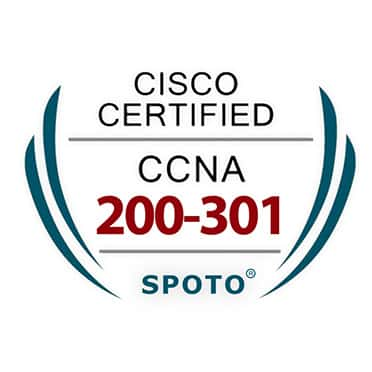
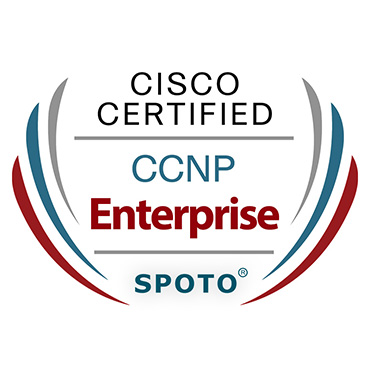
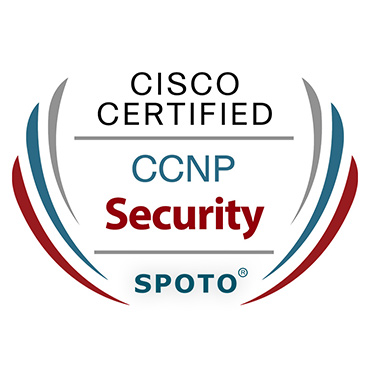

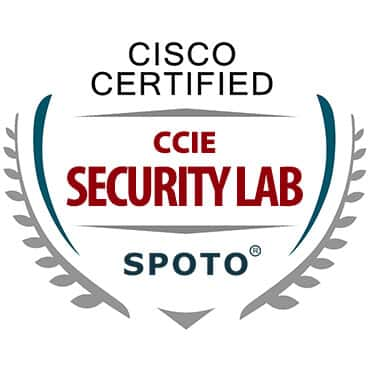
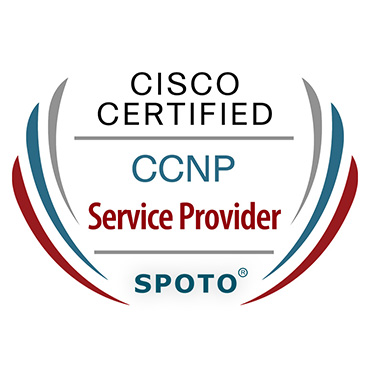
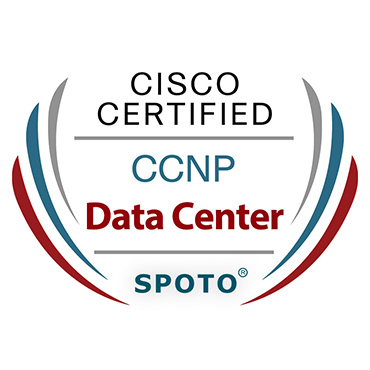
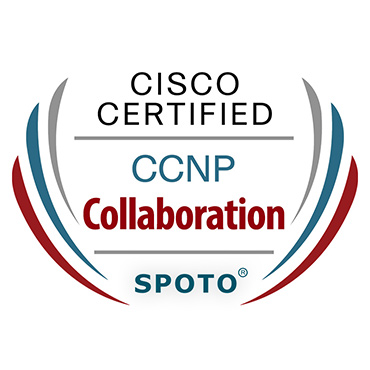



Comments